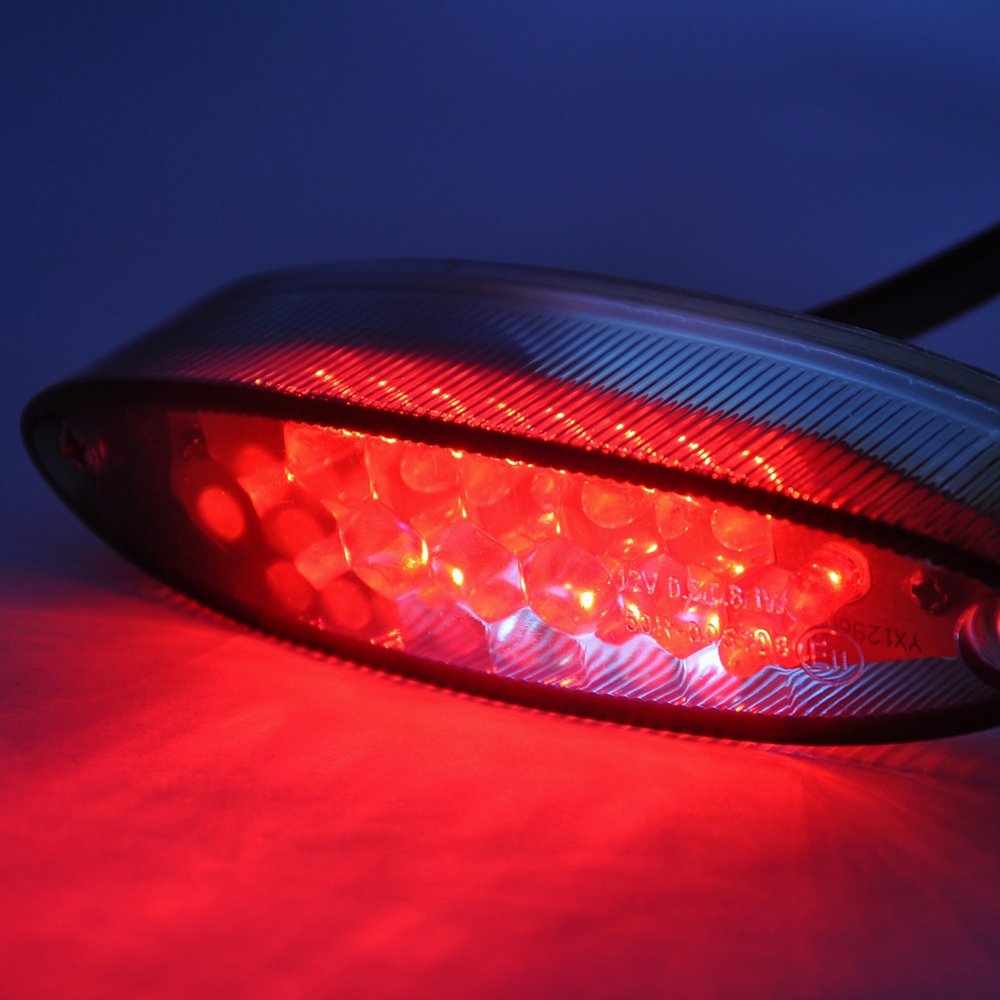Red Light Therapy: Truth vs. Fiction

Is Red Light Therapy (Red Light Therapy) the magical de-aging elixir it’s boasted to be or is it a fabricated hoax? The truth, lies somewhere in the middle. After astronauts discovered that red light had a knack for helping plants grow in space, the therapeutical technique quickly found mainstream popularity. Since its first use in the early 1990s, the procedure’s benefits have been argued over time and time again. It’s time to put the argument to rest with a comprehensive breakdown of Red Light Therapy’s benefits and limitations.
Red Light Therapy’s History
Red Light Therapies popularity all began with the theory that red light could energize cells. Sort of like a Five Hour Energy Drink being beamed directly into the cells coursing through a human body. Scientists theorized that this discovery could have changed aeronautics forever. Making giant advancements in assisting astronauts to combat muscle atrophy and other issues caused by weightlessness in space. Unfortunately, these results were never proven and for the most part appear to have been over exaggerated. However, researchers at the time discovered that red light had a positive impact on plants in space. This initial discovery, led to a massive swell in Red Light Therapy interest. In the thirty years since the original studies were conducted, there have been hundreds of additional studies and thousands of research cases. While most of these studies haven’t found anything concrete, there is a lot of promising evidence that is worth discussing.
The Effect of Red Light Therapy
At its most basic, Red Light Therapy is thought to strengthen the mitochondria within a cell. Mitochondria is the powerhouse of the cell – producing power that the rest of the cell utilizes. Giving the mitochondria a boost has led to less striking results than originally expected, but there are some amazing ways that Red Light Therapy is currently used.
Red Light Therapy Machines
There are hundreds of Red Light Therapy machines available on the market. A quick Google search will bring up a mind-boggling number of possible shapes and designs. With so many styles, the most popular include red light wands, bricks, and tables. Wands are the cheapest option, often ranging around one hundred and fifty dollars. At the top end is the ProSun RenuvaSkin L320 at six thousand dollars. At this time, there’s not a recommended style. It’s all up to the consumer. Whether you should buy a Red Light Therapy machine, that depends on how you want to use it.
Red Light Therapy Uses
The opportunities for Red Light Therapy to be used in the medical field remain controversial. Medicaid Services and the Centers for Medicare currently do not allow for the use of Red Light Therapy for treating wounds, ulcers, or pain. Though, there have been many promising studies that suggest Red Light Therapy is helpful in promoting wound healing and tissue repair; reducing psoriasis lesions; and mending sun damage. Red Light Therapy is used during cancer treatments. However, the light is being used to activate medication. The light itself is not thought to have a positive or restorative function when targeting cancer cells.
Additional Possible Benefits Include:
- Preventing recurring cold sores from the virus herpes
- Diminishing scars and improving skin complexion
- Pain and inflammation relief
- Short-term relief from carpal tunnel syndrome
Note: There is still a lot of information that is needed to verify these claims, but the results are promising. There are other uses that media and online blogs often cite that are not as valid.
There is No Evidence That These are Good Uses of Red Light Therapy:
- Curing acne, periodontitis, or dental infections
- A treatment for cancer
- Boosting the immune system
- Aiding in weight loss
- Reducing Cellulite
- Assisting with back or neck pain
The Results and Conclusion on Red Light Therapy
There is a long way to go before Red Light Therapy becomes a staple of the medical industry. At this time though, there is promise for Red Light Therapy’s future in medicine. From assisting with pain and inflammation relief to promoting tissue repair, there’s a lot of potential in the results. While initial expectations were a little overblown, it seems that Red Light Therapy will be around for another thirty years. For now, it’s not necessary to go out and buy a Red Light Therapy machine, but it may just be worth trying.
